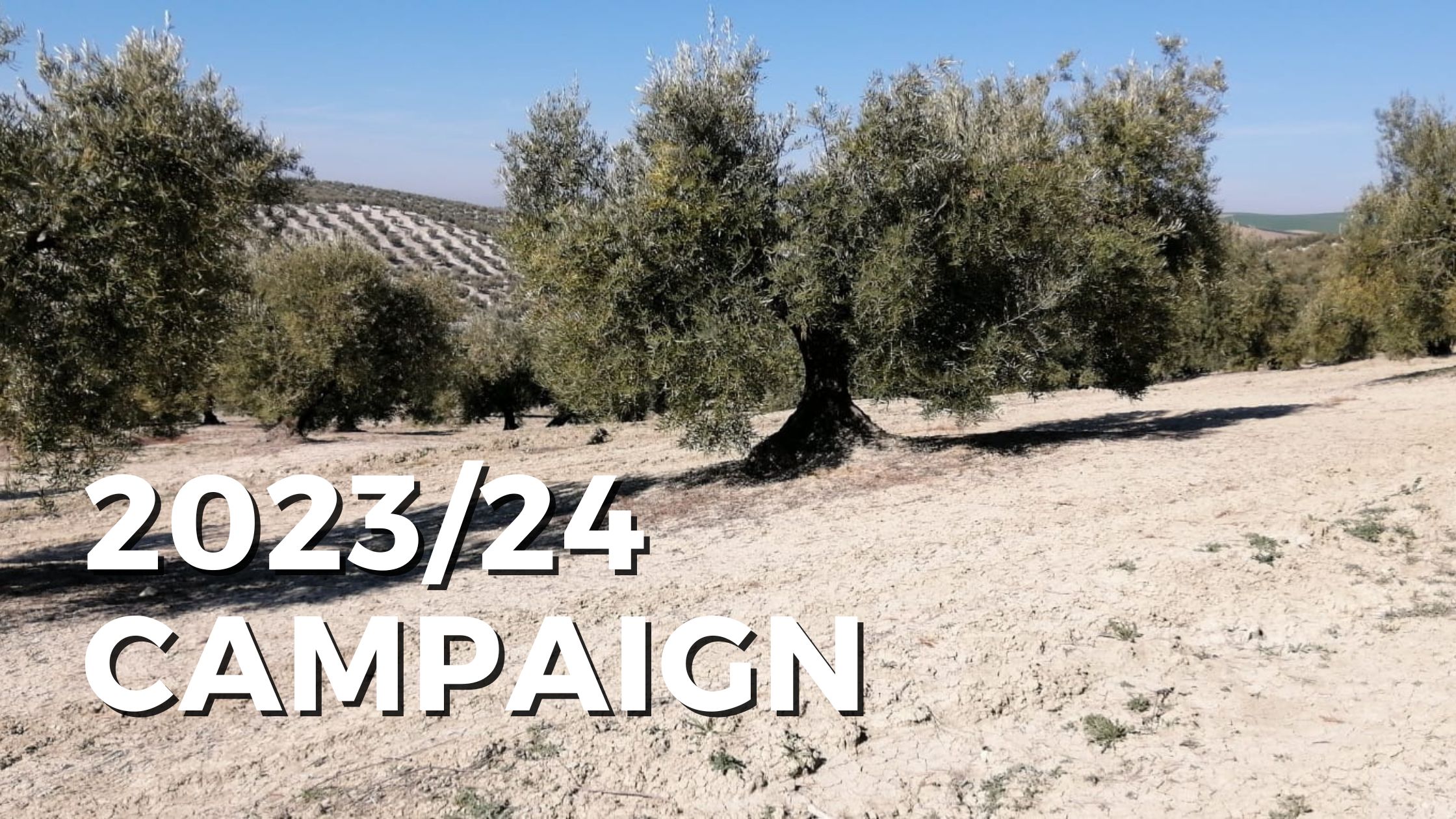For the forecast of olive oil production in Spain for the next campaign 23/24, we will take as a reference the reproductive biology of the olive flower buds in Spain, since these figures will be representative in terms of world production of olive oil. it means.
The olive harvest is mainly determined at the end of autumn. However, it must be borne in mind that the harvest is influenced by all the events that the olive tree has experienced for almost a year before.
Around the hardening of the bone, between June and August, most of the buds are already developed, and these buds will be the ones that will give rise to the inflorescences of the olive tree the following year. These future flower buds are recording the level of nutrients at each moment, the availability of water, the level of harvest, etc. to modulate its development.
There are two extremes of development of these future flower buds. In the worst case, if the conditions have been terrible, the buds revert their reproductive state to produce vegetative buds, which produce leaves and stems instead of flowers, so the current year's harvest is cancelled. When the conditions have been optimal, the buds develop large inflorescences, with many flowers, most of them fertile hermaphrodite flowers, which set many olives, so many that the olive tree has to discard most of them.
Productive and weather situation since summer 2022
In general terms, the last harvest was low, so the floral induction was good for this 2023/24 campaign: most of the buds were predetermined to produce flowers, not leaves.
Let's talk about the weather. The summer of 2022 was not exclusively atypical for olive groves in the bulk of productive areas. However, rainfall 2022 autumn barely existed, since the rains were very scarce in most productive areas, drastically decreasing the final development of the fruit, where almost all the oil is formed.
Although it might seem otherwise, physiologically speaking this contingency hardly harms the following harvest, but rather the opposite, since the final load is low, which counts as a low harvest for the olive tree.
What did happen in many olive groves is that harvests took place while the olive tree was under water stress, which physically damaged the plant, which reduced potential productivity for the following year.
Productive and weather situation since winter 2022/23
Winter 2022/23 was normal rainfall, as December was rainy. But this December it did not compensate for the water deficit, both in soils, aquifers and reservoirs, which was dragging on with large deficits. At the end of winter, there were strong frosts, which damaged many olive groves, especially those located in valleys, due to thermal inversion. This was another hit to potential 2023 production.
Spring has been dry in all productive areas. Budding occurred with dry soil, so the inflorescences developed late and with few fertile flowers. At the end of spring the temperatures were unusually high, which accelerated the final development of the inflorescences.
This caused an early flowering, which due to the dryness of the soil, had hardly set, because either the inflorescences dried up before opening the flower, or they dried up when opening, or the flowers were mostly male flowers that they did not carry female organs or possible fruit set.
When May arrived, the weather panorama changed, and temperatures dropped and there were widespread rains, a situation that continues until mid-June. Even these rains have been excessively high in Italy and Greece. These rains have barely been able to benefit the early flowering areas, in which the scarce olives were already curdled.
In areas where flowering has coincided with the onset of rain, there has not been a notable benefit either, since the flower organs were already preformed and the rain has not been able to influence it in a decisive way.
In Spain, in late southeastern areas, the rain has been able to influence the fruit set, since the flower was not yet completely preformed and with very humid soil, the olive tree has taken advantage of this resource, increasing the fertility level of their inflorescences.
Balance
Currently, in the summer of 2023, the potential harvest is quite low. The May and June rains have arrived late in most olive groves.
We could be facing a production in the fork of 1 - 0.5 million tons, which will gradually take shape between now and the end of autumn, depending on temperatures, pests and rainfall.
Specifying by producing areas, in Spain:
In Extremadura the harvest is average, since December was somewhat rainier than in other areas and the olive tree flourished in a better situation.
In Andalusia, in the early and middle zones the harvest is low, being better in the eastern highlands. The center of Andalusia, with the Jaén countryside at the head, contribute the bulk of the national production, so if these areas fail, the national harvest is low.
In Castilla la Mancha the situation is similar to that of Andalusia, with a slightly higher harvest in the easternmost areas.
In Murcia the harvest is generally low, since the olive groves are mostly early and the rains came late.
In the Valencian Community, the fruit set has generally benefited from the rains, but many problems are appearing with the repilo, and it is foreseeable that problems with the fly will appear soon.
However, it will be at the beginning of autumn when the forecast for the 2023/24 campaign will be more determined.
.png)






